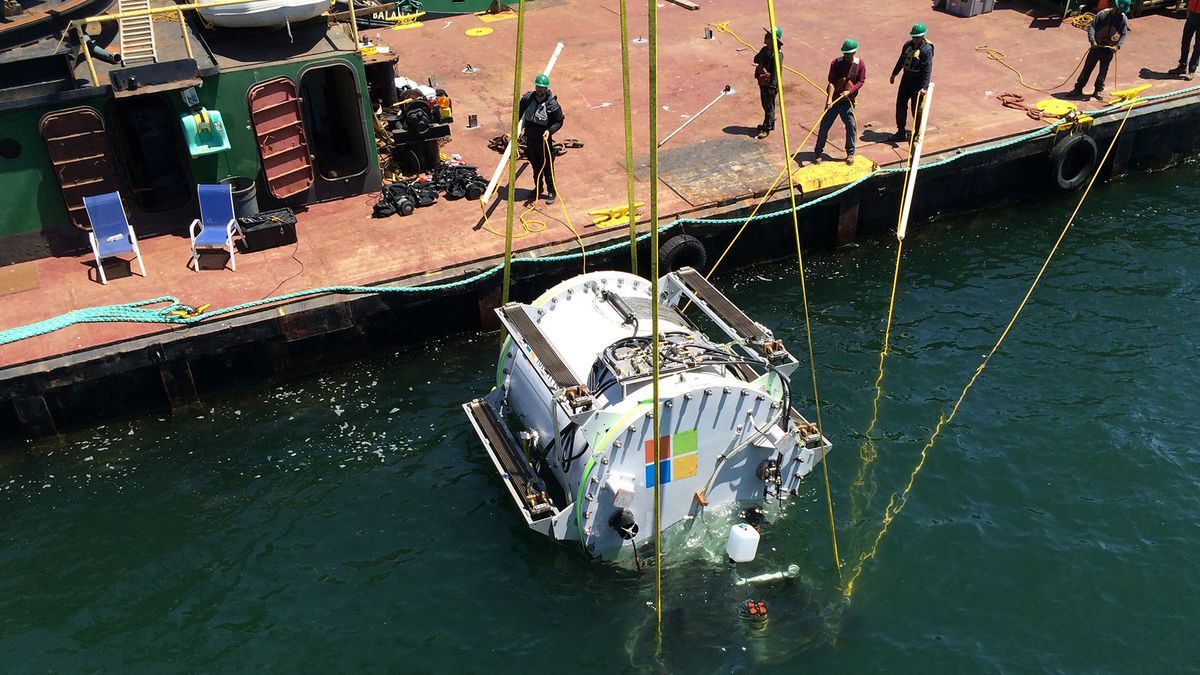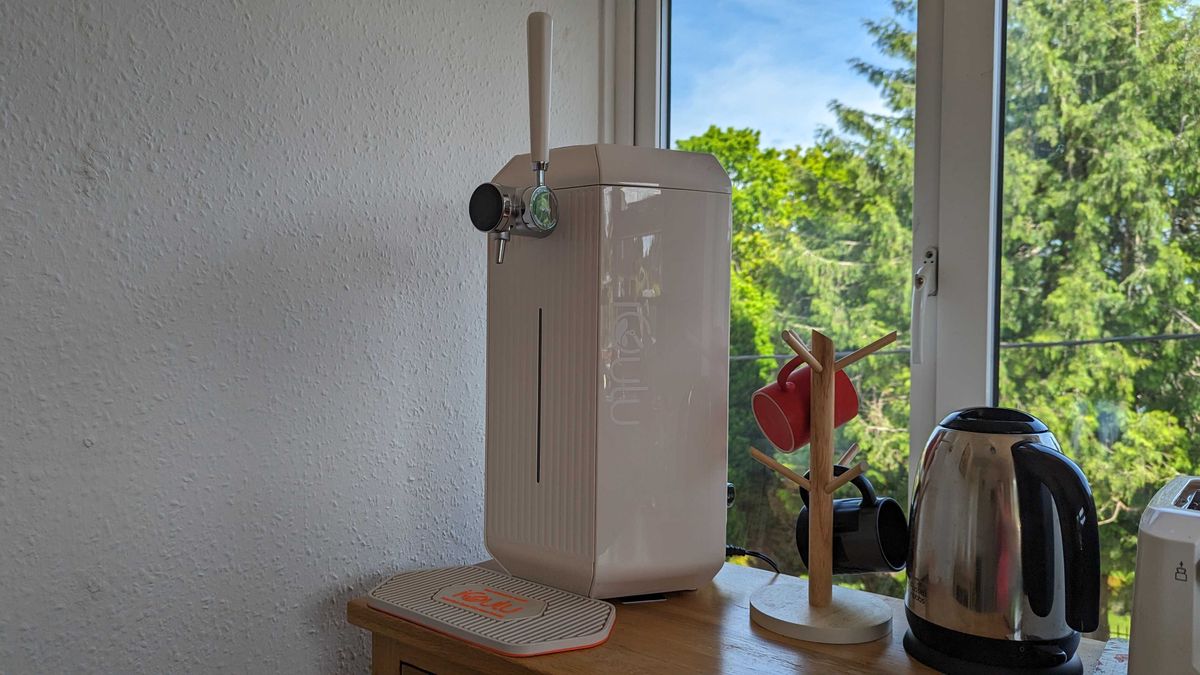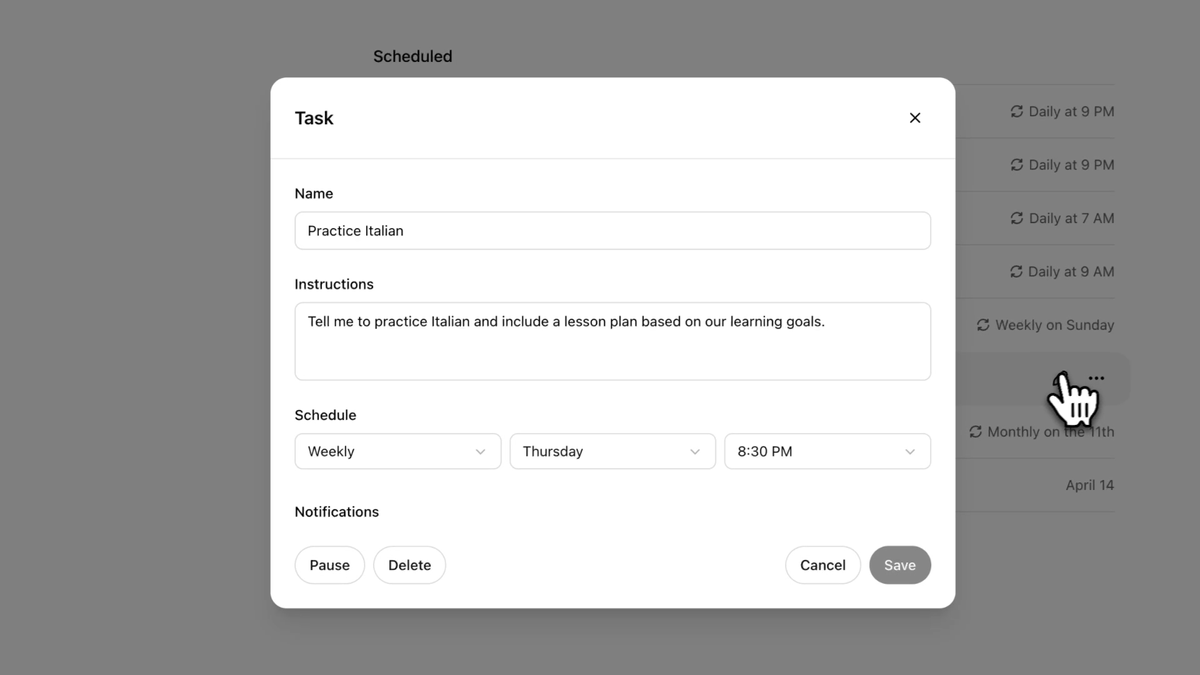Microsoft has officially ended Project Natick, its underwater data center experiment, which began in 2015.
Noelle Walsh, director of cloud operations and innovation at Microsoft, said: Data Center Dynamics“I'm not building underwater data centers anywhere in the world. My team worked on it and it worked. We learned a lot about subsea operations and the vibrations and impacts on the server. So we'll apply those learnings to other cases.”
Although we hadn't heard anything about the submarine project for a while, it was supposed to still be active, but we now know that is not the case.
Moving towards robotics
The underwater data centre project was first tested off the coast of Scotland in 2018. Microsoft placed 855 servers underwater for over two years and only six of them failed. By comparison, eight of the 135 servers failed in a similar test on land. In percentage terms, that's a 0.7% failure rate underwater versus a 5.9% rate on land.
At the time, Project Natick leader Ben Cutler said he believed the underwater success rate was due to the absence of humans on board to interact with the capsule's servers and the use of less corrosive nitrogen instead of oxygen.
Enthused by the early findings, Spencer Fowers, senior member of the technical team at Microsoft Research, said: “We have been able to perform very well on what most terrestrial data centers consider an unreliable network. “We're hopeful that we can look at our findings and say that maybe we don't need to have as much infrastructure focused on power and reliability.”
Project Natick was incredibly promising and Microsoft was even looking into how it could be used as an “artificial reef data center” that would not only provide a good home for servers but also marine life, but it ultimately fell through.
Microsoft is exploring other advanced technologies, such as robotics, to improve data center operations. Walsh said DCD“We're looking at robotics more from the perspective that some of these new servers are going to be very heavy. How can we automate that instead of having people push things? We're learning from other industries in robotics, but we're also very aware that “We need people. I don't want people to worry about their jobs.” The tech giant is also considering other ways to power data centers, including research into modular nuclear reactors.
While Microsoft has ended its underwater initiative, other companies, such as those in China, are starting their own underwater data center projects.









